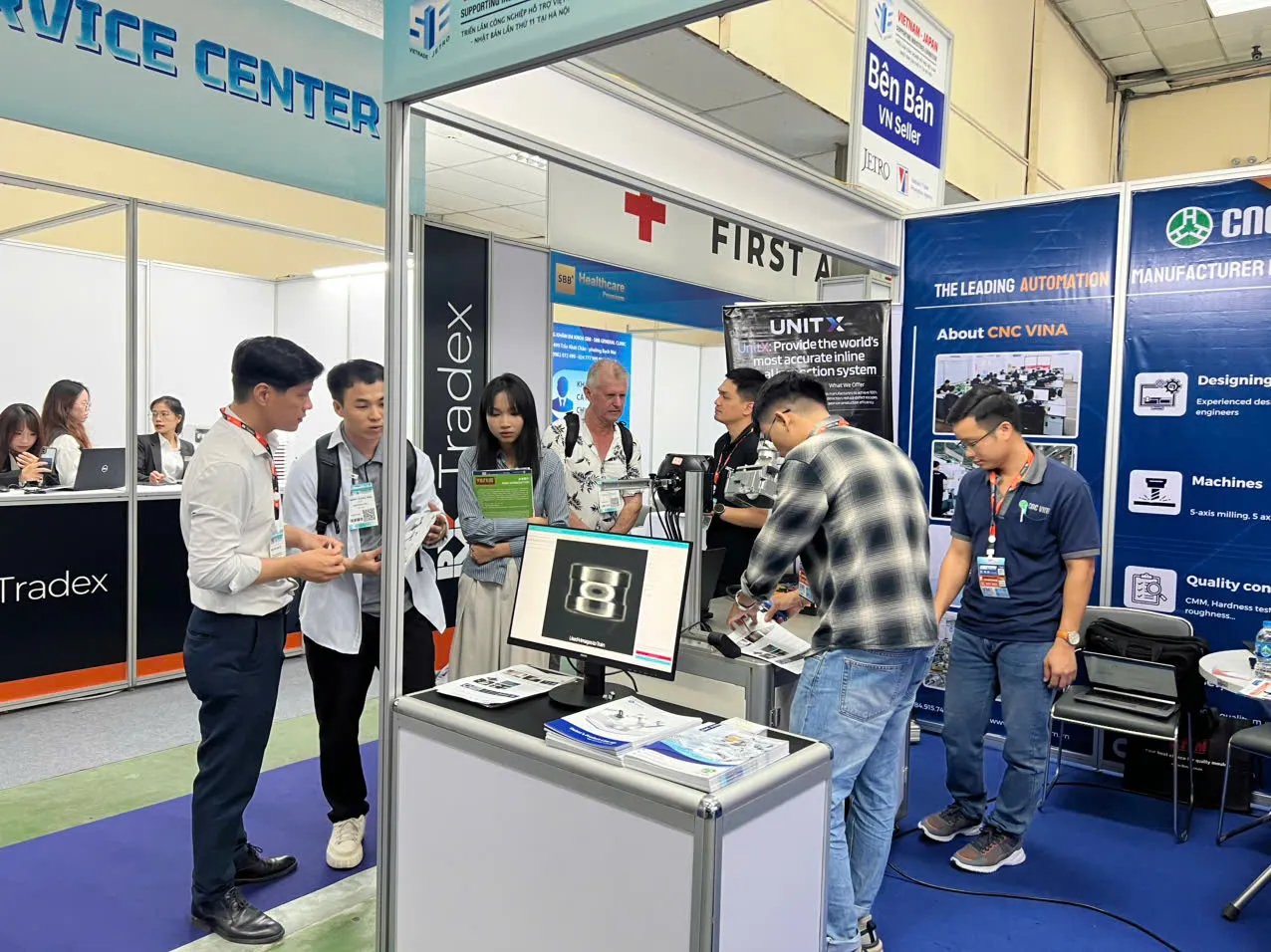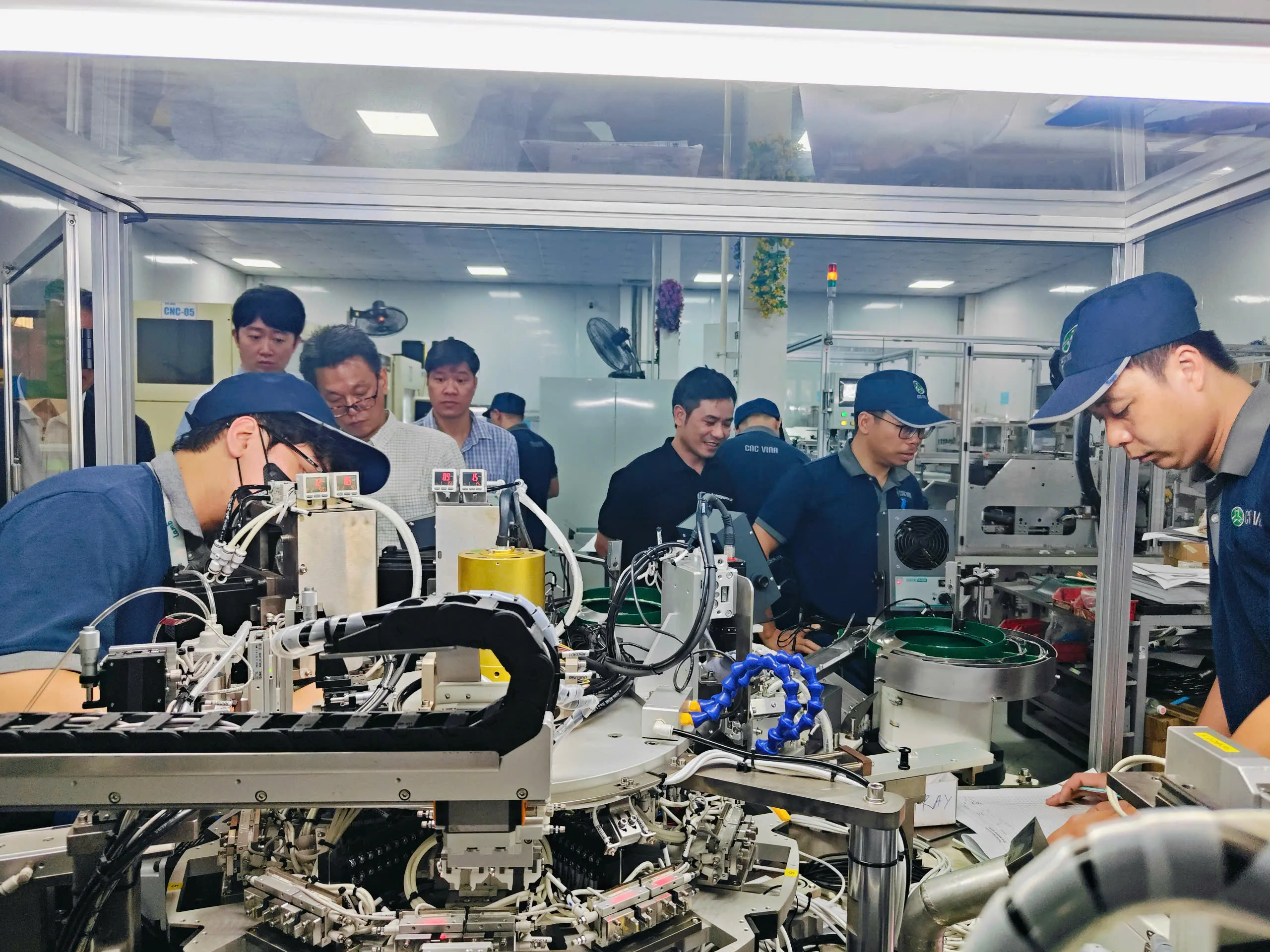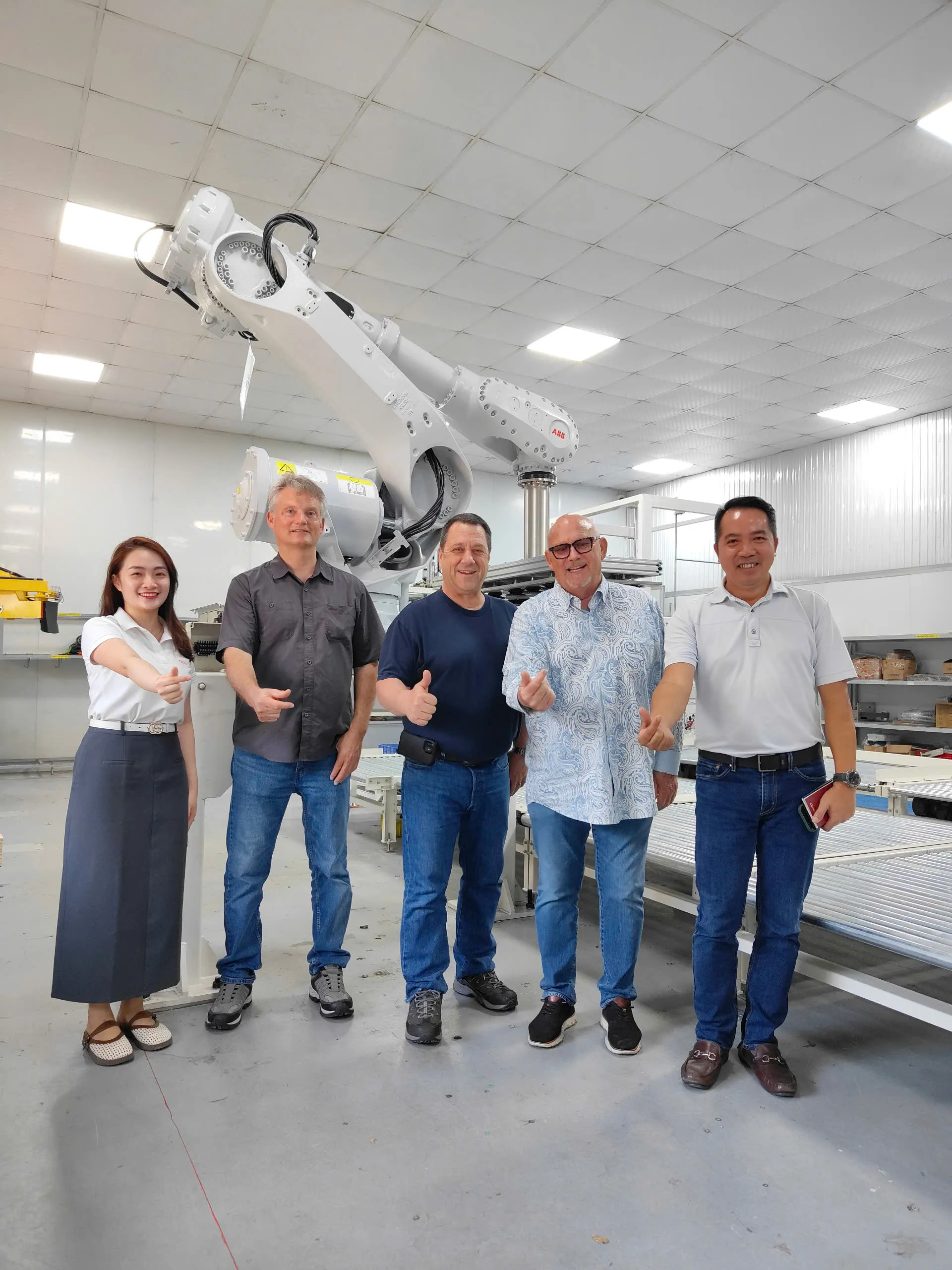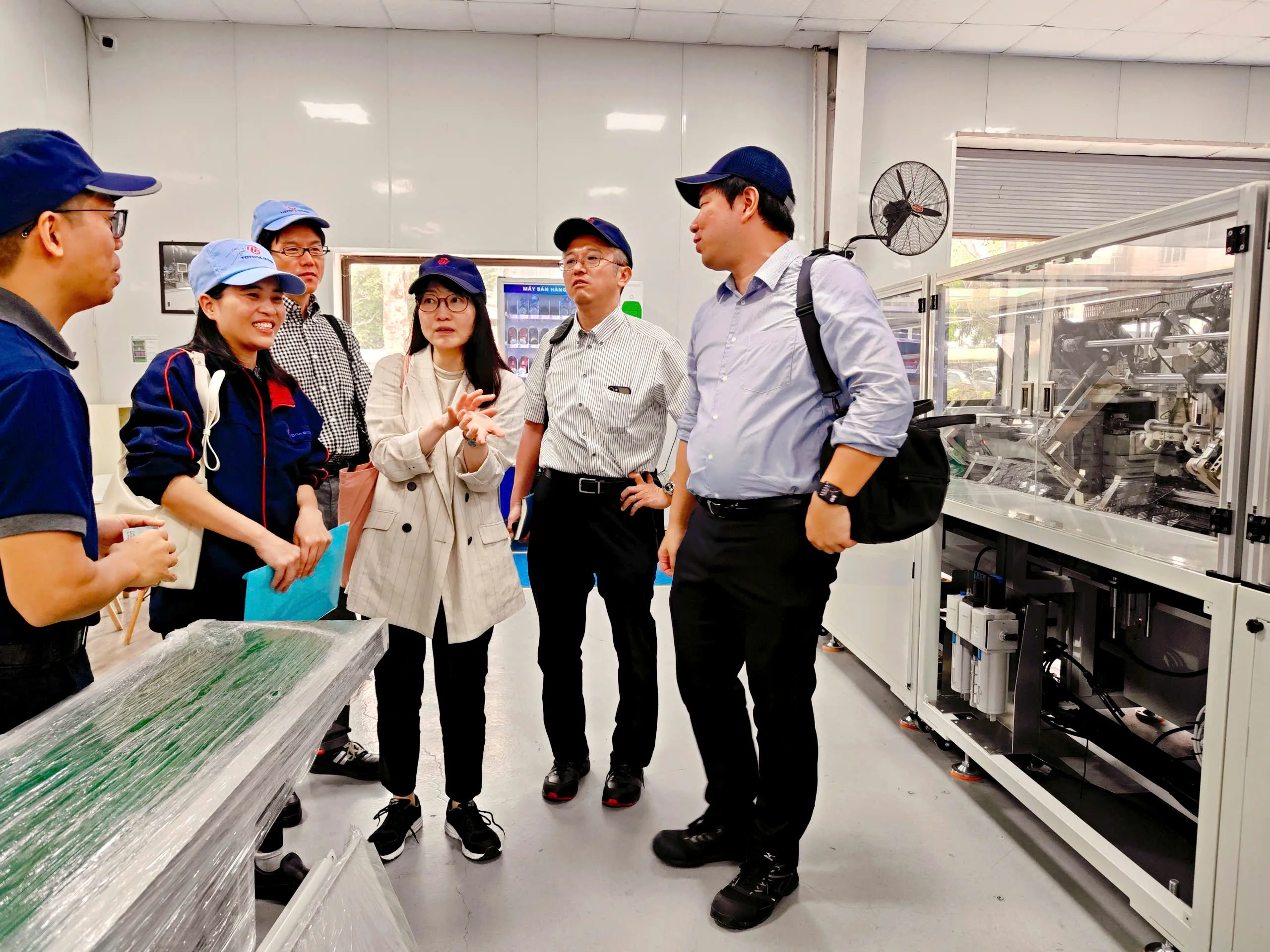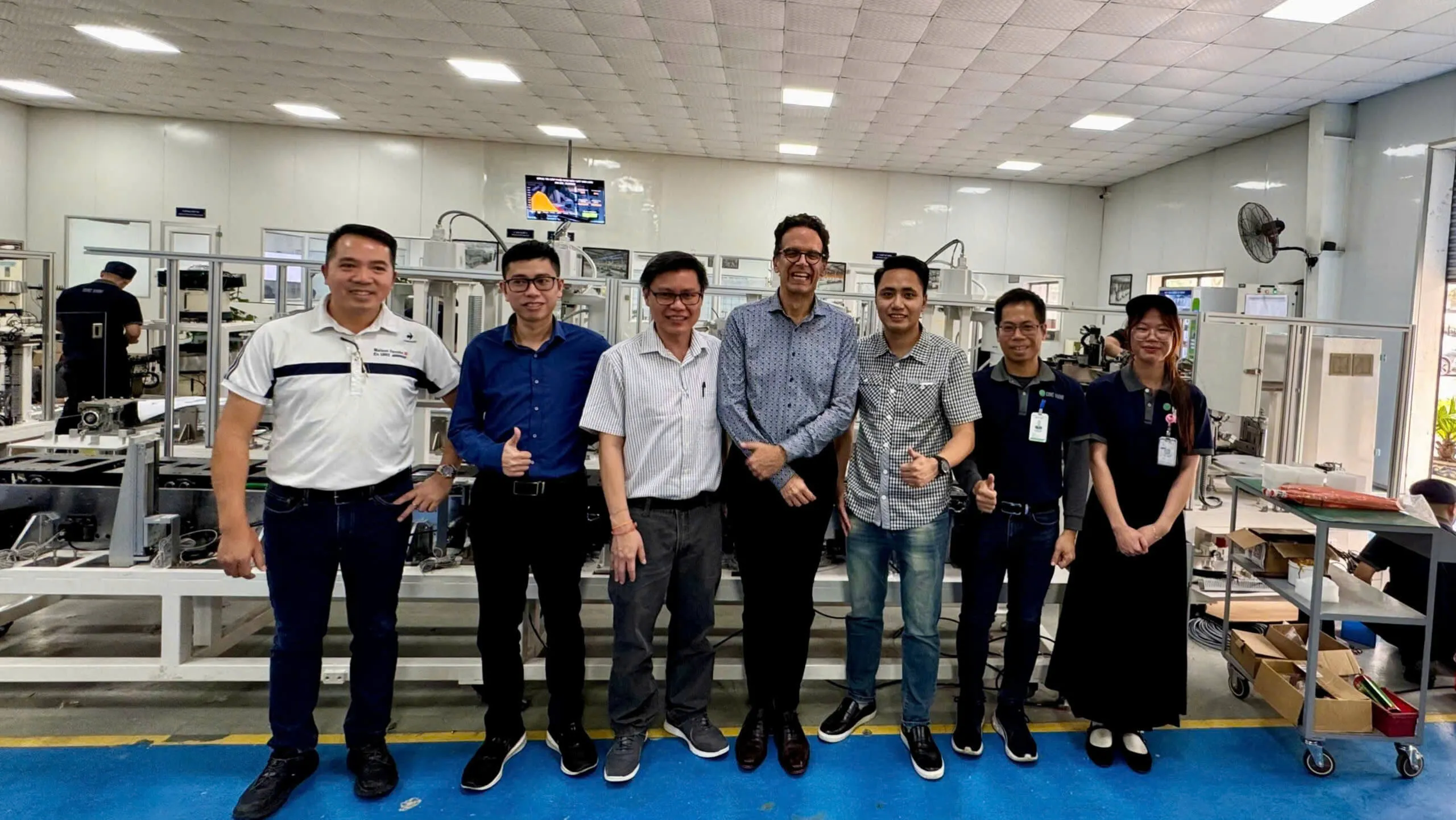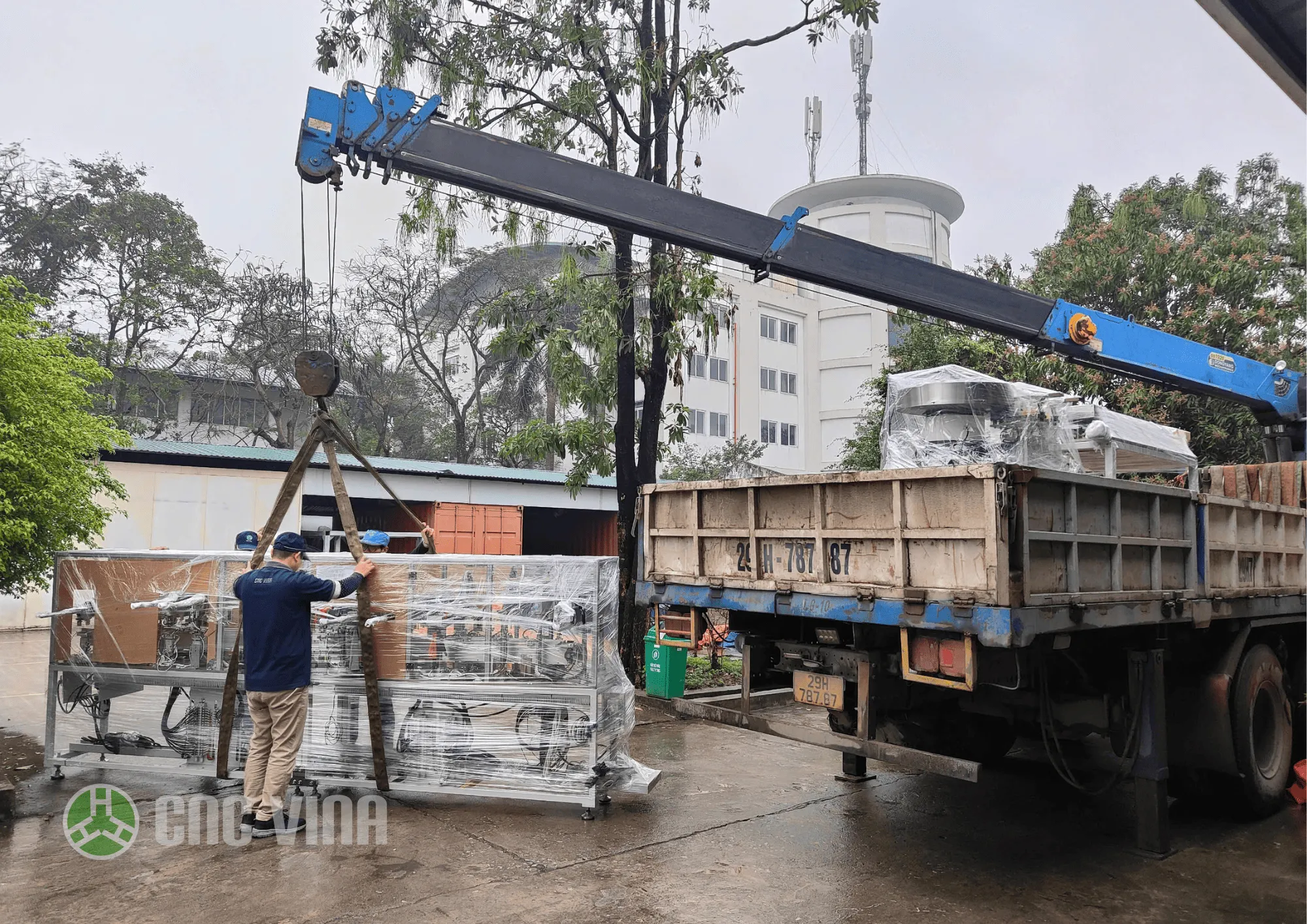Types of automatic laminating machine
Introduction
Definition of an automatic laminating machine
An automatic laminating machine uses heat technology to bond two layers of protective film together. The heated film melts and seals around the item, creating a smooth, professional-looking surface. This type of lamination also provides superior protection against dirt, dust, moisture, and other environmental factors.
The process is simple – the product is first placed between two sheets of film, then fed into the machine. The machine heats the film and presses them together, creating a strong bond. Depending on the model, some machines can also trim the multilayered item into smaller pieces or shapes if needed.
Importance and benefits of using an laminating machine
Automatic laminators are essential across various industries, offering a combination of efficiency, quality, and cost-effectiveness. Their ability to produce consistent, high-quality laminated products with minimal human intervention makes them indispensable in large-scale production settings. As technology continues to advance, the capabilities and advantages of automatic laminators are likely to expand, further reinforcing their importance in industrial and commercial applications.
Type of an automatic laminating machines
Rolss laminators
Explanation of Roll Lamination Technology: Automatic roll laminators use long rolls of film on both sides of a document and press it between rollers to seal the film. With features like automatic feeding and trimming, you receive completely laminated and trimmed sheets stacked neatly.
Features and benefits:
-
Reduced need for manual intervention, increasing efficiency.
-
Adjustable temperature and speed controls: Allow customization based on film type and substrate.
-
Assist with jam handling and ensure smooth operation.
-
Various sizes: Available in different widths to suit various material sizes, from small sheets to large posters.
-
Ideal for high-volume lamination, capable of processing large quantities of material quickly.
-
Automated processes ensure consistent quality with each lamination, reducing the risk of human error.
-
Suitable for a wide range of materials and thicknesses, making them adaptable for diverse applications.
Popular brands and models:
-
GBC Ultima 65: A widely used roll laminator known for its ease of use and reliability. Ideal for schools and offices, it features an auto-grip shaft for easy film loading and a reverse switch to prevent jams
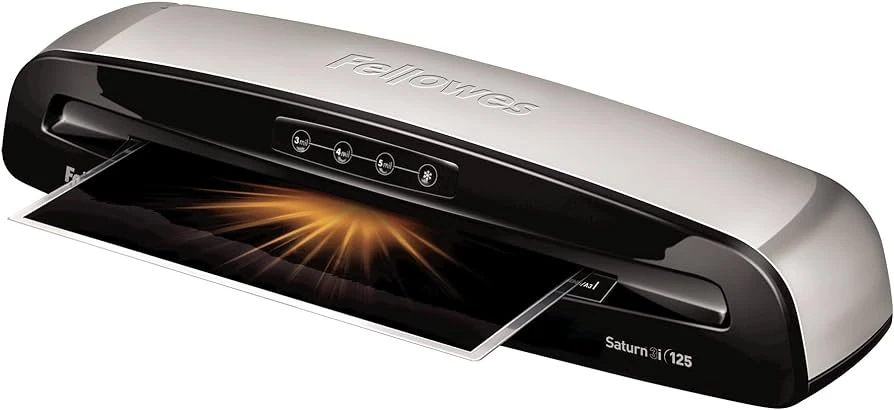
-
GBC HeatSeal Pinnacle 27: Designed for high-volume use, this model features fast warm-up time and an intuitive control panel.
-
Fellowes Jupiter 2 125: Features InstaHeat technology for quick startup and AutoSense system to detect pouch thickness and adjust settings automatically.
-
Fellowes Saturn3i 125: Known for its fast warm-up and user-friendly design, ideal for office use.
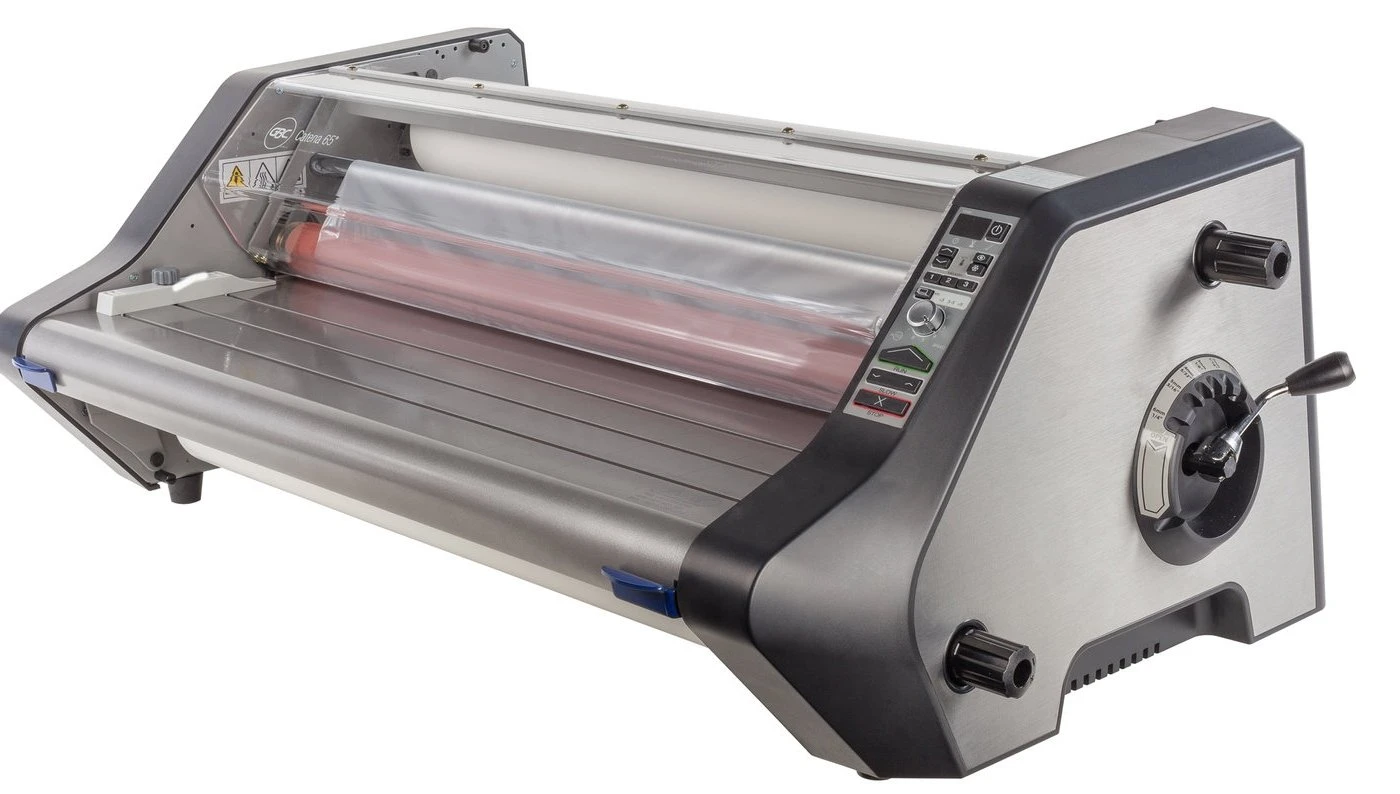
Heated Laminators (Thermal Laminators)
Explanation of Thermal Lamination Technology: Thermal laminators, also called heat-assist laminators, are specialized machines that use heat to enhance bonding between the film and substrate. These laminators are especially effective for applications requiring strong adhesion and a high-quality finish.
Features and benefits:
-
Precise adjustment of heating components to accommodate various materials and adhesives.
-
Customizable lamination speed to ensure optimal results for different project types.
-
Many thermal laminators can handle large-format materials, making them suitable for posters, banners, and wide-format graphics.
-
Some models switch between thermal and cold lamination, offering versatility for various applications.
-
Quality: Produces high-quality finishes with smooth, bubble-free surfaces, enhancing visual appeal.
-
Laminated materials gain excellent protection against moisture, UV rays, and physical wear, extending product lifespan.
Popular Brands and Models
GBC (General Binding Corporation)
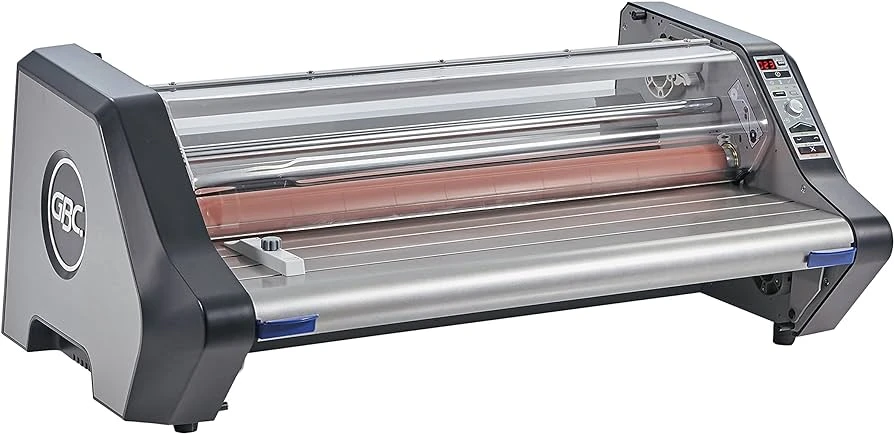
-
GBC Catena 65: A versatile laminator capable of both hot and cold lamination. It features easy-to-use controls and fast warm-up, ideal for schools and offices.
-
GBC Spire III 64T: Designed for wide-format applications, offering precise temperature control and durable construction for heavy-duty use.
Ledco
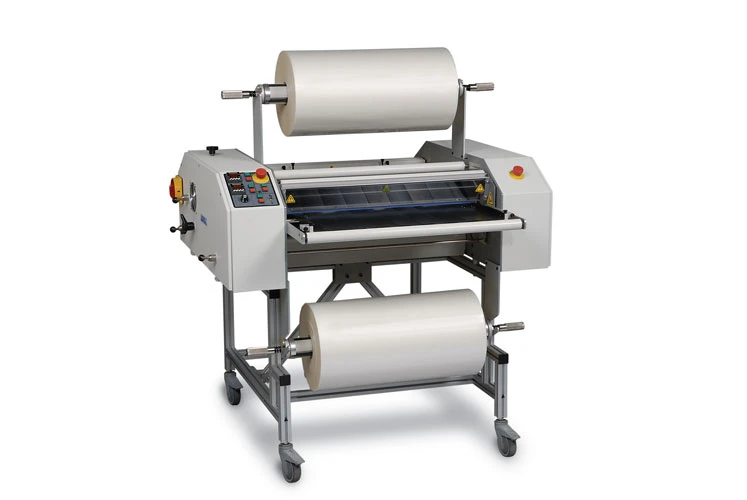
-
Ledco HD 25: A heavy-duty laminator built for continuous operation in demanding environments. It offers precise temperature control and compatibility with a variety of materials.
Cold Laminators
Explanation of Cold Lamination Technology: Cold laminators are essential tools for industries and applications where heat-sensitive materials require protection and enhancement. Unlike heated laminators, cold laminators use pressure-sensitive adhesive films to laminate items, making them ideal for fragile or heat-sensitive materials.
Features and Benefits:
-
No heat required: Suitable for heat-sensitive items like photographs, vinyl, and delicate paper.
-
Adjustable pressure application to match different material types and thicknesses.
-
Available in various sizes to handle everything from small documents to large posters and banners.
-
Often simpler to operate than thermal laminators, with minimal startup time.
-
Safe for heat-sensitive materials: No risk of heat damage.
-
Instant startup with no warm-up needed.
-
No heating elements, resulting in lower energy consumption – eco-friendly and cost-efficient.
-
Ideal for environments prioritizing simplicity and safety, such as schools, offices, and homes.
Popular Brands and Models:
Xyron
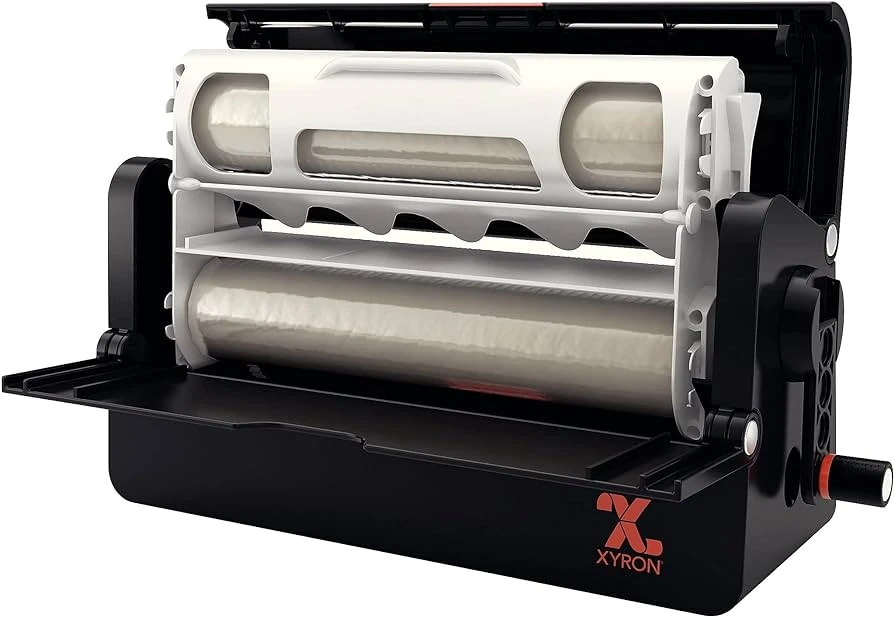
-
Xyron EZLaminator: A compact, easy-to-use cold laminator ideal for home and office use. It can laminate items up to 9 inches wide and uses refillable cartridges.
-
Xyron Pro 1255: Designed for professional use, this model handles larger formats and delivers high-quality lamination for various materials.
Fellowes

-
Fellowes Saturn3i 95: Primarily a thermal laminator but includes a cold lamination setting, offering flexibility.
-
Fellowes Cosmic 2 125: Offers both hot and cold lamination, suitable for various materials and purposes.
Comparison of Automatic Laminator Types
Price Range and Affordability
Roll Laminators:
-
Typically range from $300 to $5,000, depending on size and features.
-
Affordability: More expensive due to larger capacity and industrial capabilities.
Pouch Laminators:
-
Usually range from $20 to $500.
-
Affordability: The most budget-friendly option, suitable for small businesses, schools, and personal use.
Heated Roll Laminators:
-
Can range from $1,000 to over $10,000, depending on model and capabilities.
-
Affordability: Higher initial cost but delivers excellent quality for professional and industrial use.
Cold Laminators:
-
Typically range from $50 to $2,000.
-
Affordability: Mid-range option, cost-effective for specific applications, especially with heat-sensitive materials.
Ease of use
-
Roll Laminators: Moderate to high – requires more complex setup and operation. Some training is needed.
-
Pouch Laminators: Very easy to use with minimal setup. Ideal for beginners.
-
Heated Roll Laminators: Moderate – requires some knowledge to adjust temperature and speed settings properly.
-
Cold Laminators: Moderately easy – generally simple but may require some pressure adjustment.
Lamination speed and output
-
Roll Laminators: High-speed operation, suitable for large volumes and continuous use. Ideal for industrial and commercial applications.
-
Pouch Laminators: Slower than roll laminators. Best for low to medium volume tasks.
-
Heated Roll Laminators: High speed, excellent for professional settings requiring fast turnaround.
-
Cold Laminators: Varies; typically slower than heated options but can still handle moderate volumes effectively.
Lamination Quality and Durability
-
Roll Laminators: High-quality, consistent lamination with strong adhesion. Suitable for professional-grade projects.
-
Pouch Laminators: Good for everyday documents and projects. Quality depends on pouch type used.
-
Heated Roll Laminators: Excellent quality and durability. Provides smooth, bubble-free finishes ideal for professional use.
-
Cold Laminators: High quality, especially effective for heat-sensitive materials. Offers long-lasting protection against moisture and UV damage.
Versatility and material compatibility
-
Roll Laminators: Highly versatile; can handle various materials and sizes, including large-format items.
-
Pouch Laminators: Limited to available pouch sizes and types. Best for standard-sized documents.
-
Heated Roll Laminators: Very versatile; can process different materials and thicknesses. Suitable for a wide range of applications.
-
Cold Laminators: Great for heat-sensitive materials. Suitable for many substrates but often limited to flat items.
Key considerations when buying an automatic laminator
Budget and cost-effectiveness
-
Consider the machine’s cost-effectiveness in relation to its features and capabilities. A higher initial investment may be justified if it offers better durability, speed, and quality.
-
Compare cost per laminated item, especially if you plan to laminate in bulk frequently.
Lamination Volume and Workload
-
Evaluate the volume of documents or materials you intend to laminate. High-volume environments like print shops or schools may require heavy-duty roll laminators or heated roll models.
-
For occasional or low to medium volume use, smaller pouch or cold laminators may be more suitable.
Types of materials to be laminated
-
Identify the types of materials you need to laminate, such as paper, cardboard, photos, or heat-sensitive items.
-
Roll and heated laminators offer great flexibility for various materials, including large-format items. Cold laminators are ideal for heat-sensitive materials.
-
Consider the thickness of laminating films or pouches you’ll use. Thicker films provide greater protection but may require more powerful machines.
Size and space requirements
-
Measure the available space in your workspace. Laminators come in various sizes, and wide-format machines require more room.
-
Compact and portable pouch laminators are ideal for smaller workspaces.
-
Determine the maximum size of documents or materials you’ll be laminating. Ensure the machine can handle the largest size you need, such as posters or banners for wide-format laminators.
Additional features and accessories
-
Automatic feeders: Reduce manual feeding for high-volume tasks.
-
Adjustable temperature and speed controls: Allow customization for different materials and thicknesses.
-
Reverse function: Helps manage jams and ensures smooth operation.
-
Cold lamination option: Offers flexibility for heat-sensitive items.
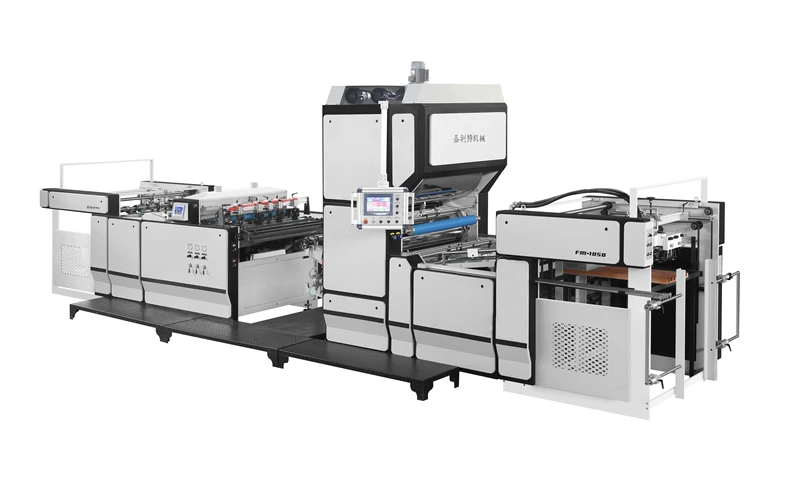
Pros and cons of automatic laminators
Advantages of using automatic laminators
Improved efficiency and productivity
-
Automatic laminators can handle large volumes in a short amount of time, significantly faster than manual or semi-automatic methods.
-
They ensure consistent lamination quality across all documents, eliminating the variability of manual processes.
-
Features like auto-feeding, cutting, and sealing streamline the workflow, reducing the need for constant supervision and manual intervention, allowing staff to focus on other critical tasks.
Enhanced protection and document durability
-
Protection: Laminated documents are safeguarded from spills, stains, tears, and everyday wear, significantly extending their lifespan.
-
Lamination makes documents more rigid and resistant to frequent handling and adverse environmental conditions without degradation.
Professional appearance of laminated materials
-
Laminating adds a glossy, polished surface to documents, enhancing their visual appeal. Colors appear more vibrant, and text becomes easier to read – essential for presentations, signage, and promotional materials.
-
The consistent quality offered by automatic machines ensures all laminated items look professional, which is important for branding and corporate image.
Disadvantages of using automatic laminators
High initial investment
-
High purchase price: Automatic laminators are generally more expensive than manual or semi-automatic models. The upfront cost can be significant, which may be a barrier for small businesses or budget-conscious organizations.
-
Cost savings and productivity gains may not be sufficient to offset the purchase price in low-volume scenarios.
Maintenance and repair costs
-
These machines require regular maintenance to ensure proper operation and prevent breakdowns. Maintenance tasks may include cleaning, lubricating components, and inspecting for wear, which can add to overall operating costs.
-
When automatic laminators malfunction, repair costs can be high, especially if specialized parts or technicians are required. Downtime during repairs can also disrupt workflow and reduce productivity.
Conclusion
Automatic laminators offer significant advantages in terms of efficiency, protection, and professional appearance, making them a valuable tool in environments with frequent lamination needs. However, they also require a substantial upfront investment and ongoing maintenance, which are important factors to consider. For businesses and organizations that regularly laminate documents, the benefits of automatic laminators can outweigh the costs, leading to improved productivity and document quality. If you have any questions regarding automatic laminators, feel free to contact CNC VINA for the best support and consultation!

 Tiếng
Anh
Tiếng
Anh
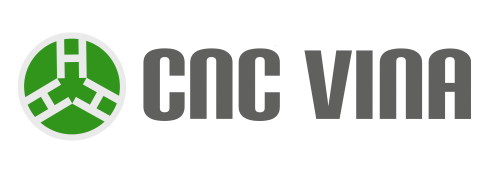


 Tiếng Anh
Tiếng Anh

